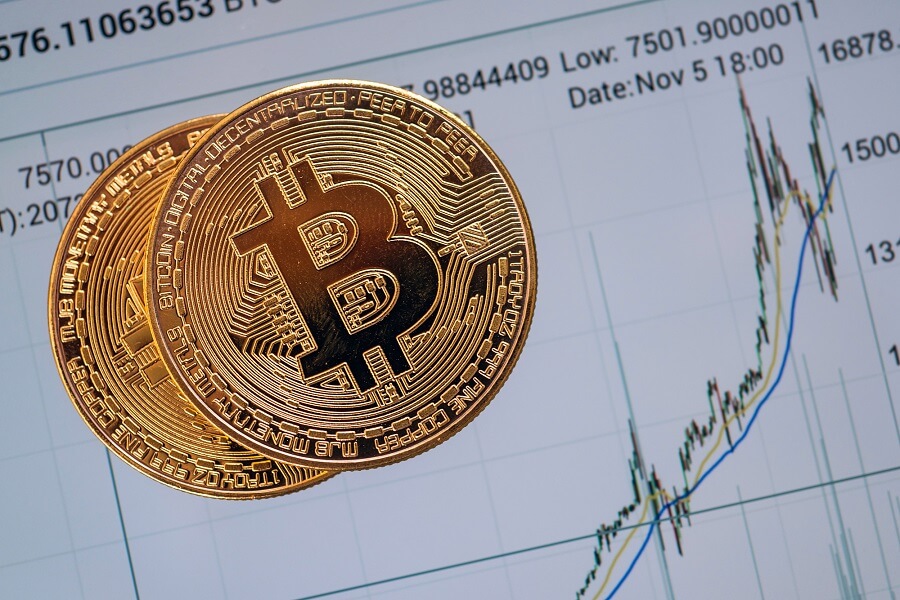Crypto’s Wild Ride Underscores Need for Portfolio Diversification

There is a common saying – “we tend to overestimate the effect of technology in the short run and underestimate the effect in the long run.”
Week In Perspective: Chaotic [03-Dec-21]

The stock market endured a very volatile week as uncertainty related to the Omicron variant of the coronavirus dominated the conversation.
Omicron

In less than a week, the COVID-19 variant known as omicron has renewed public health concerns around the world.
Buckle Up…

The markets could take us on a rollercoaster ride this week, so buckle up. Of course, it could also end up being a big snooze.
Week In Perspective: Mega-Cap Excellence [19-Nov-21]

After snapping a lengthy winning streak last week, the market returned to its winning ways, and by “market,” we mean the mega-cap stocks.
Biden Signs Infrastructure Bill

At the White House on Monday, President Biden signed a $1T bipartisan infrastructure bill set to enable enhancements for transportation and utilities over the next five years.
Let’s Just Call it a Year!

Stocks are up this year – big time. Large-cap stocks and small-cap stocks are up 27% and 23%, respectively, for the year.
A Positive Take on the “Great Resignation”

Perhaps the biggest side effect of the rapid economic recovery is the historic number of job openings across the country.
Week in Perspective: Winning Streak Snapped [12-Nov-21]

Although we finished strong on Friday, the stock market’s five-week winning streak was put to an end this week, as well as the S&P 500’s eight-session winning streak and the Nasdaq Composite’s 11-session winning streak.
Are Capital Gains Taxes Changing?

There are a lot of questions about President Biden’s Build Back Better plan and potential tax changes, including capital gains taxes.
Week In Perspective: Market closes month at record highs [29-Oct-21]

Each of the large-cap indices set intraday and closing record highs this week amid continued strength in the mega-cap stocks. The Nasdaq Composite rose 2.7%, almost matching the 2.9% gain in the Vanguard Mega Cap Growth ETF (MGK).
Record Profits Fuel the Bull Market

The corporate earnings season for the third quarter is already off to a strong start. Investors are watching these reports closely as concerns over supply chain bottlenecks, the delta variant, rising rates and other factors threaten company bottom-lines.
Week In Perspective: S&P 500 and Dow march to record highs [22-Oct-21]

The stock market powered through a host of negative supply-chain commentary, with investors bidding up growth and value stocks amid a fear of missing out on further gains.
The New Bitcoin ETFs: They don’t invest directly in Bitcoin

Fair warning to those looking for direct exposure to Bitcoin – you will not find it in these new ETFs. That’s because they are investing in Bitcoin futures contracts, not Bitcoin.
Rising Energy Costs and Supply Chain Issues

It’s impossible to understand today’s economy and markets without a clear perspective on global supply chain disruptions. From computer chips to the availability of workers, supply bottlenecks are raising concerns around economic growth and inflation.
